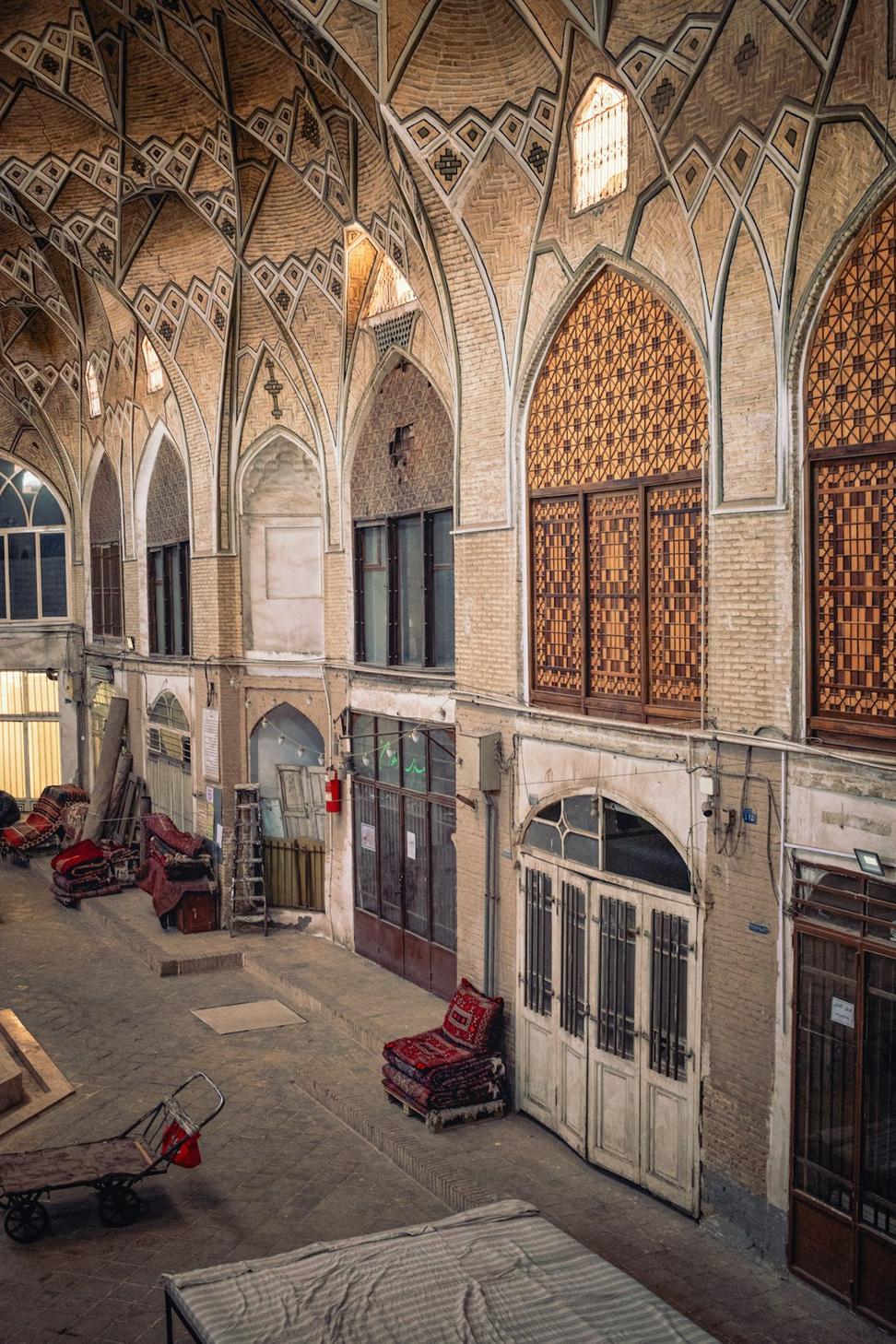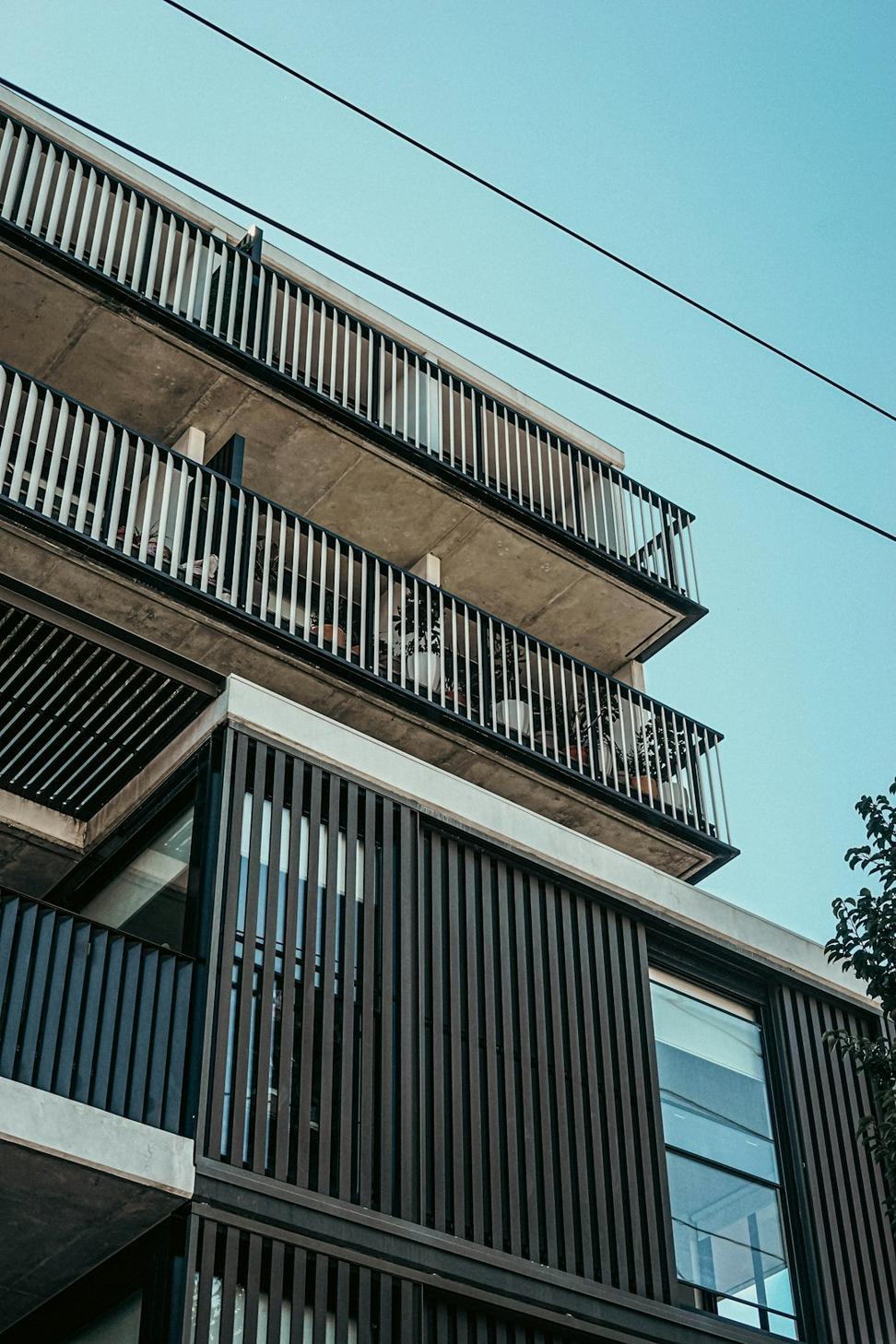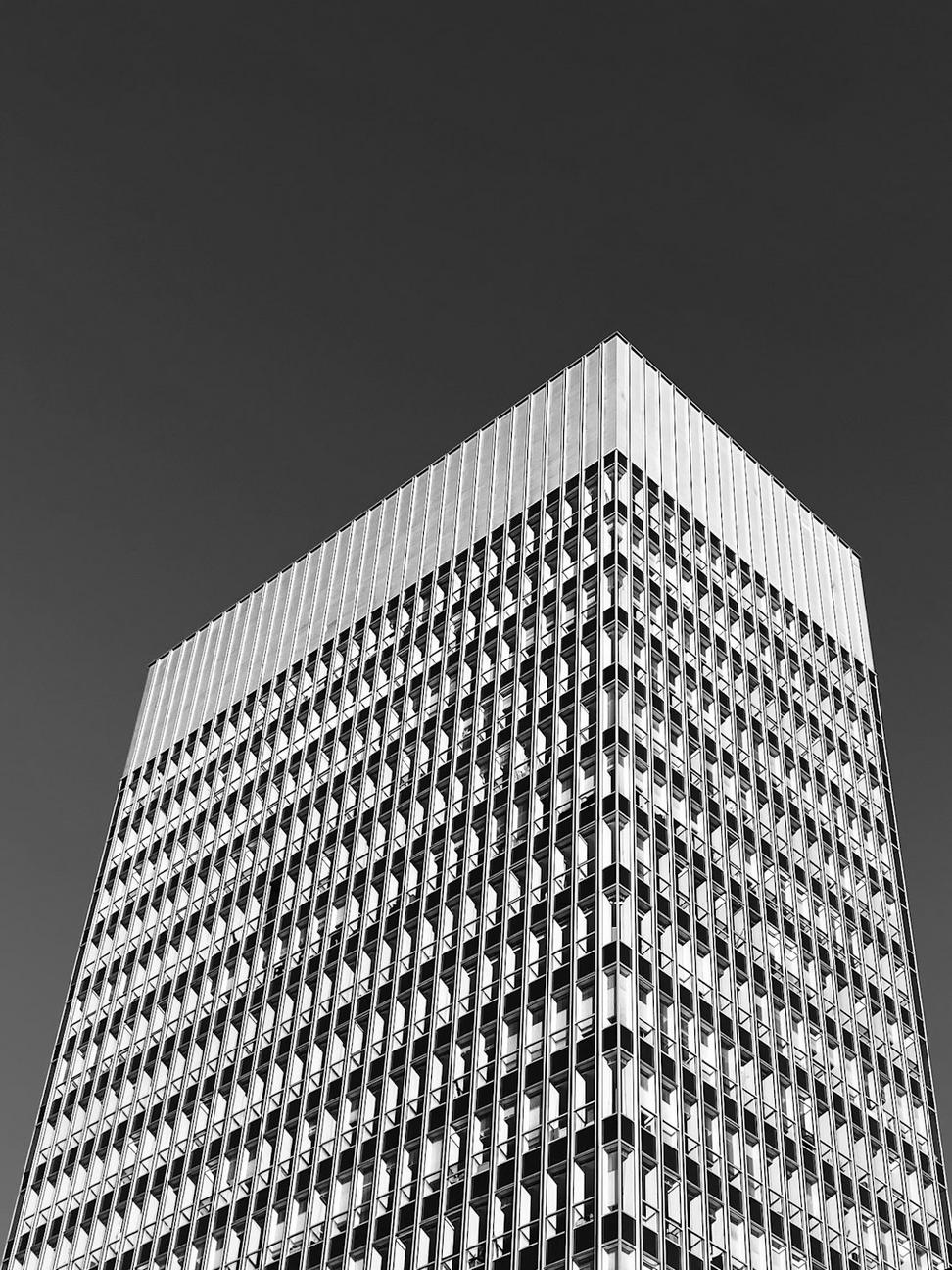Lakeview Residence
This one was a dream from the start. The clients wanted something that felt connected to the waterfront without being too beachy - you know, sophisticated but still a place where you'd actually want to kick off your shoes.
Junction Creative Hub
Converting an old warehouse into workspace isn't exactly groundbreaking anymore, but this project had character we couldn't ignore. The bones were solid, the light was incredible, and the neighborhood was ready for something different.
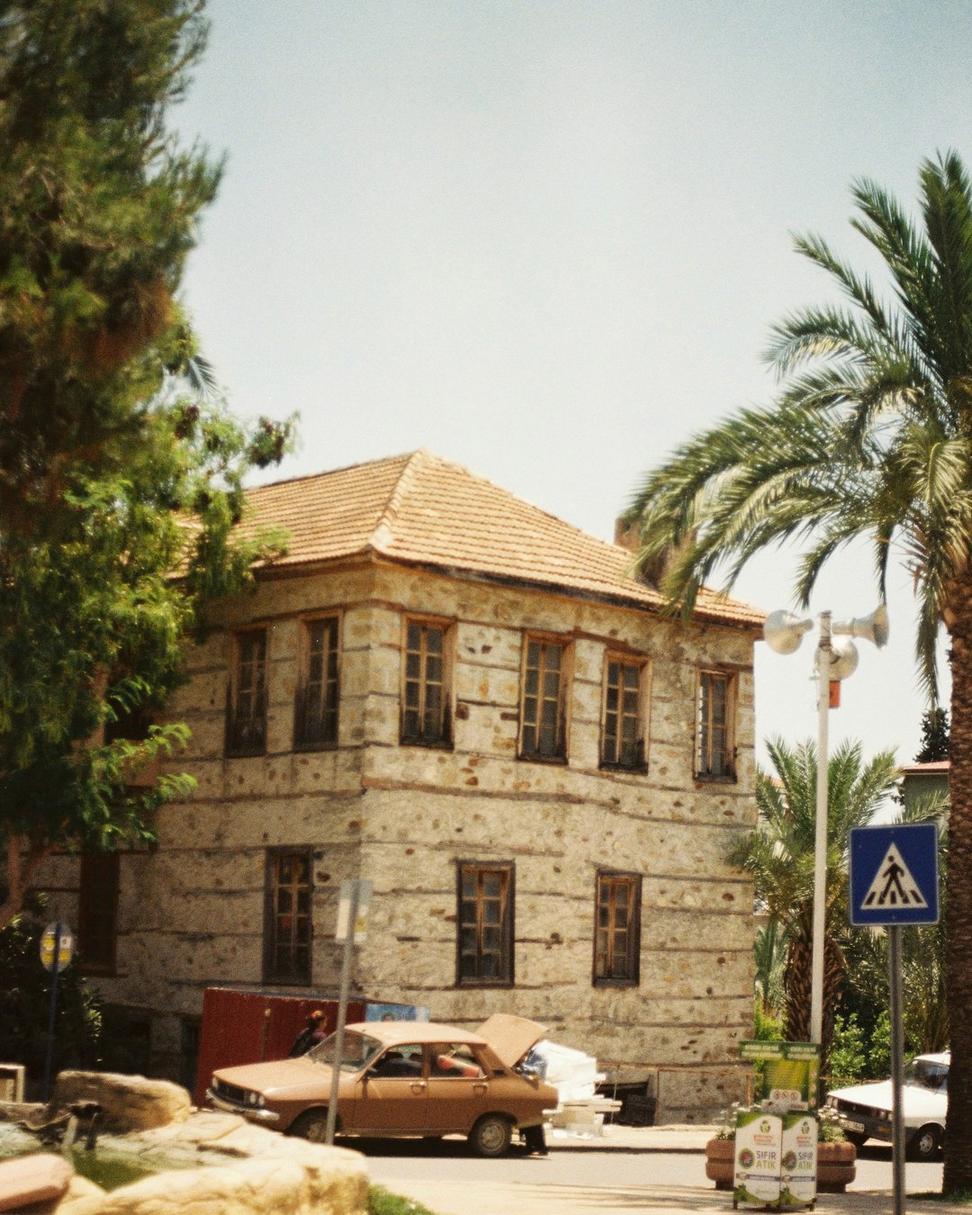
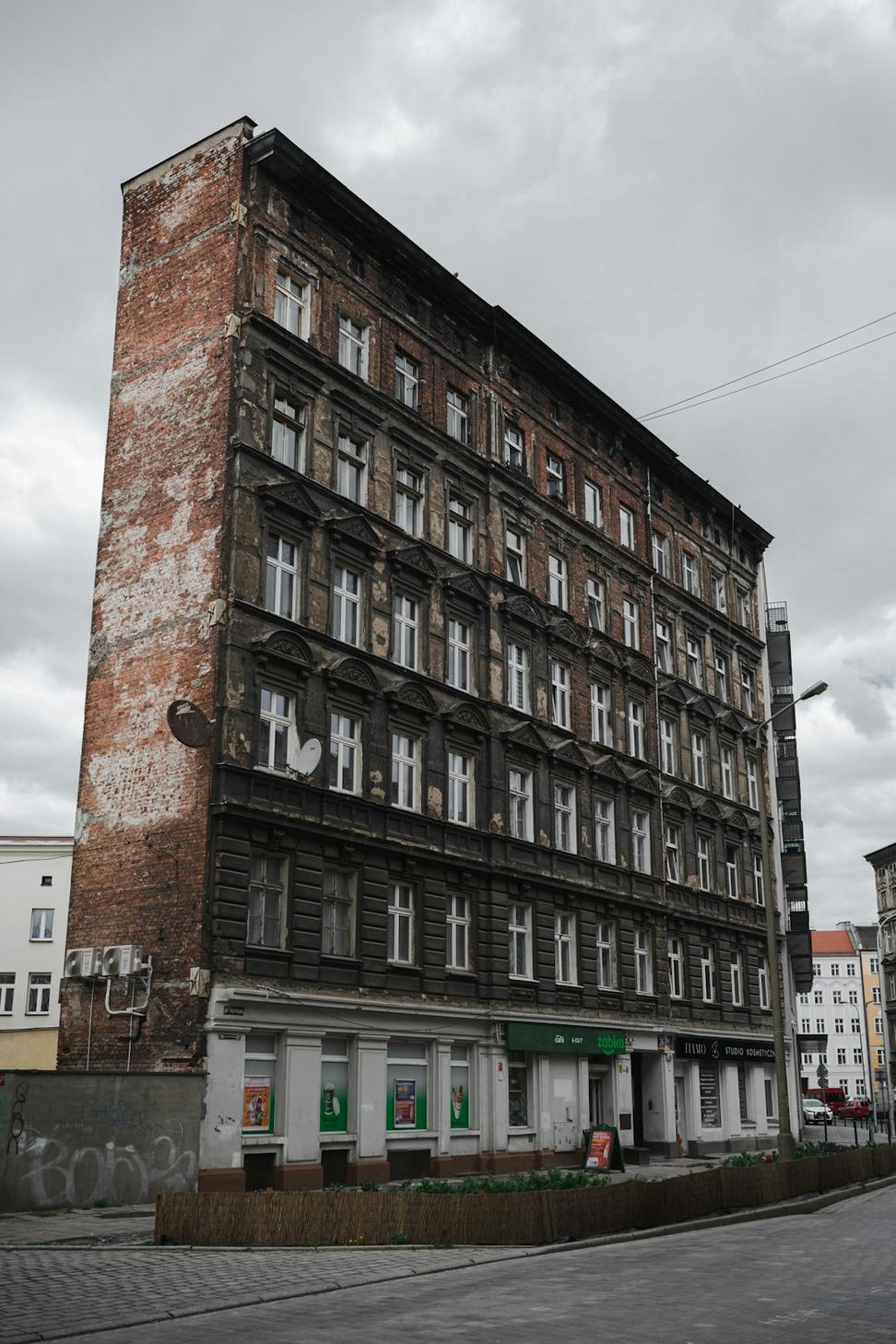
Queen Street Heritage Revival
Not gonna lie, restoration work can be tough. You're basically solving a puzzle where half the pieces are missing and the other half are falling apart. But when you see a 1920s building come back to life? That's the kind of stuff that reminds you why you got into this business.
Lakeview Residence: Deep Dive
When the Hendersons first reached out, they'd been living in a cookie-cutter suburban house for 15 years. Nice enough place, but it never really felt like theirs. They wanted something custom, something that captured how they actually live.
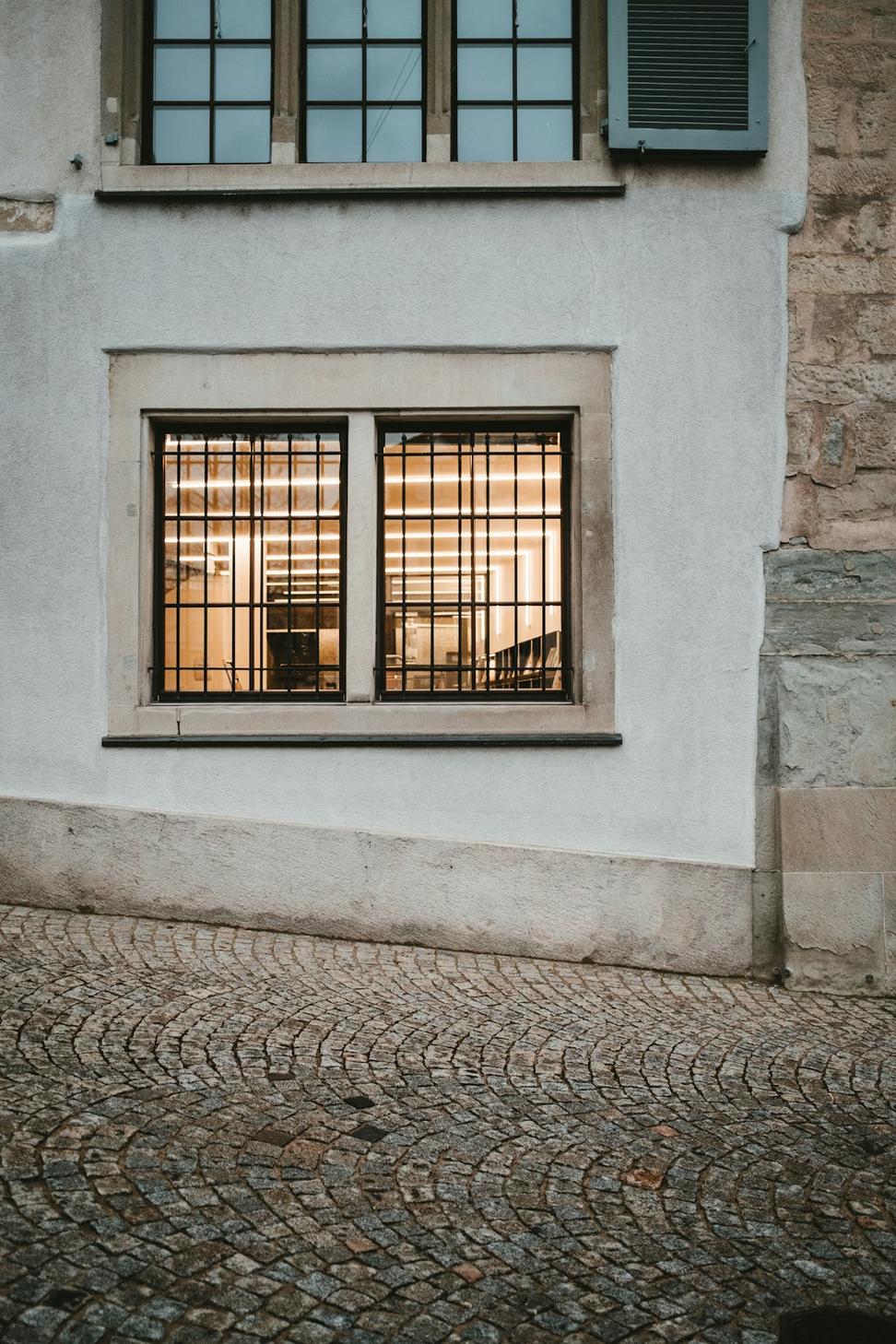
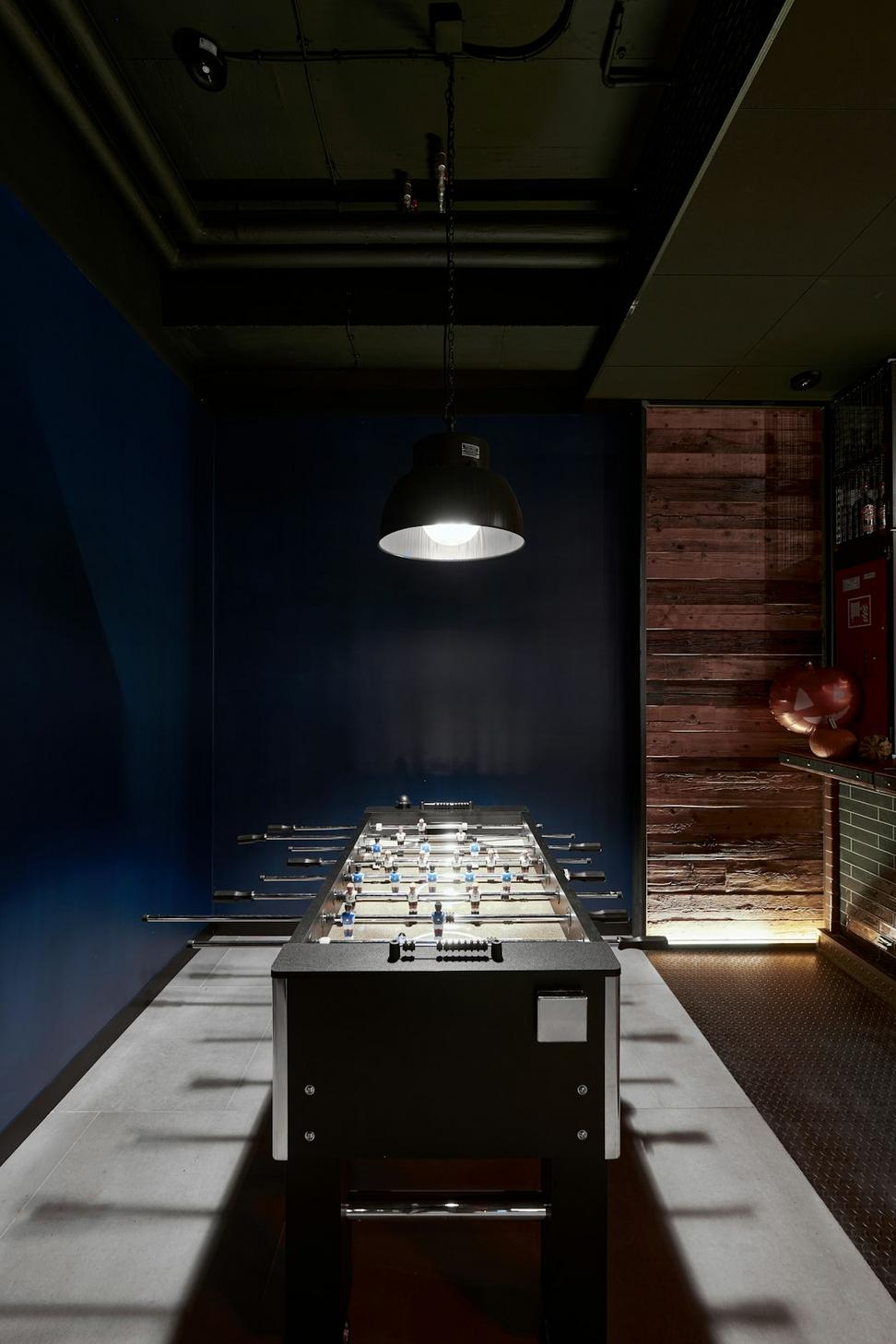
The Challenge
The lot was narrow but deep, with incredible lake views from the back. Problem was, traditional layouts would've wasted that view on bedrooms or bathrooms. We needed to flip the script a bit - put the living spaces where they belonged and make every square foot earn its keep.
Technical Specs
- 4 bedrooms, 3.5 bathrooms
- Open-concept main floor with 14-foot ceilings
- Floor-to-ceiling windows facing the lake
- Geothermal heating and cooling system
- Solar panel array generating 8kW
- Rainwater collection for irrigation
Our Approach
We designed the house around the view and the light. The main living area is basically one big room that flows from kitchen to dining to lounge, all facing those massive windows. Bedrooms are tucked upstairs where they're cozy and private. And we added this cantilevered deck that feels like it's floating over the yard.
Materials-wise, we went with local stone and reclaimed wood wherever possible. Not just for the eco-friendly angle (though that's a bonus), but because they age better and have more character than the synthetic stuff.
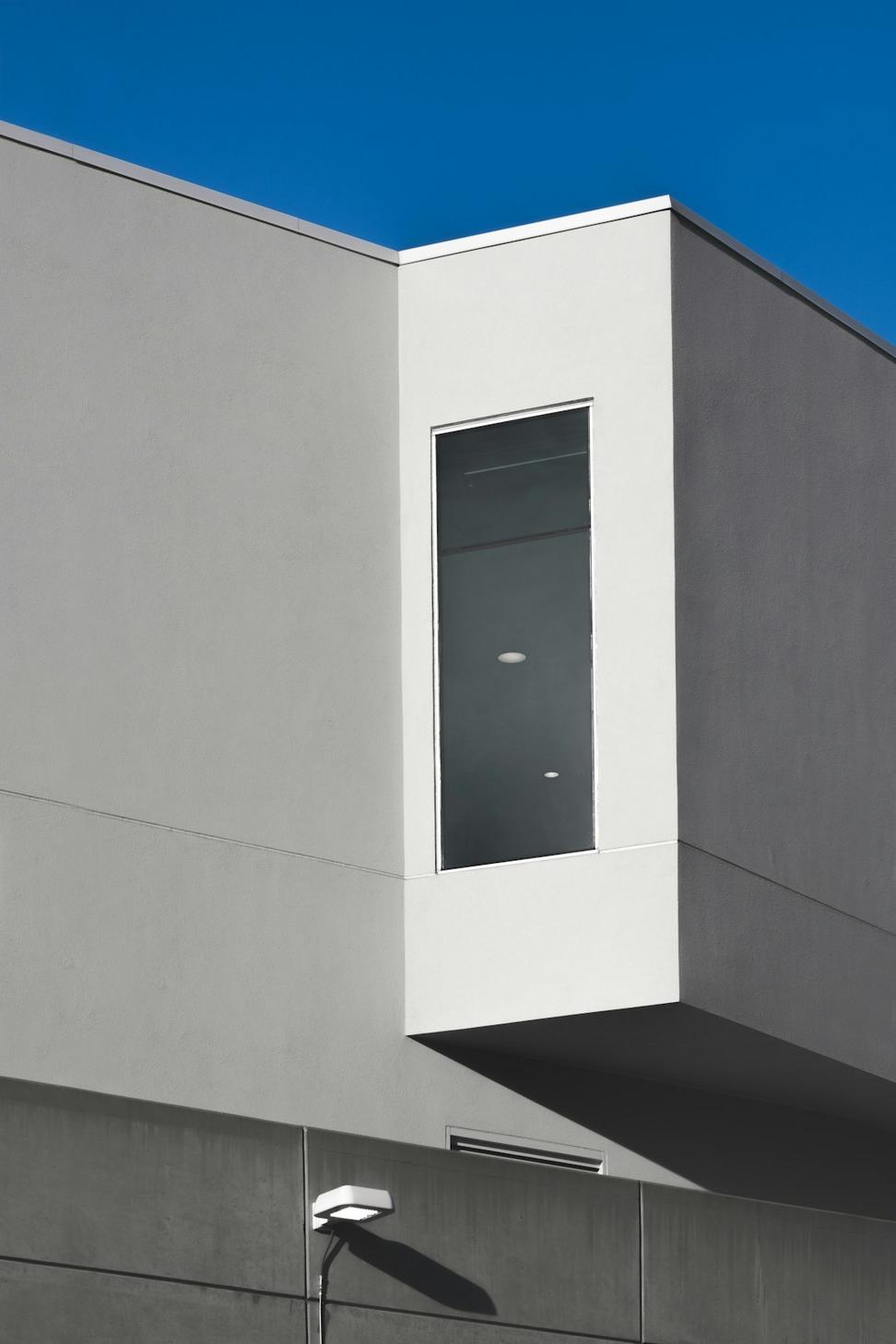
Custom steel framing for the cantilevered deck
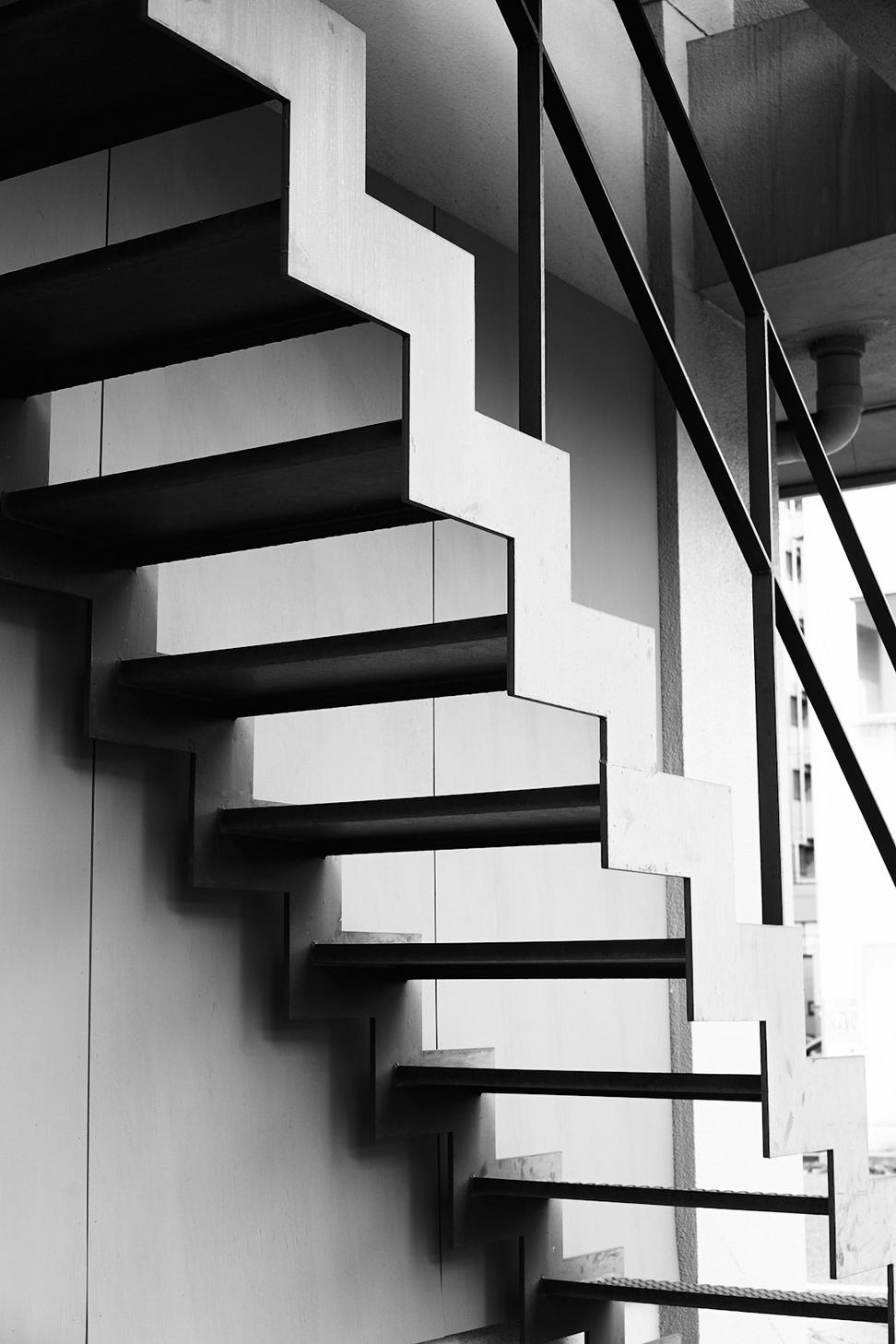
Floating staircase with white oak treads
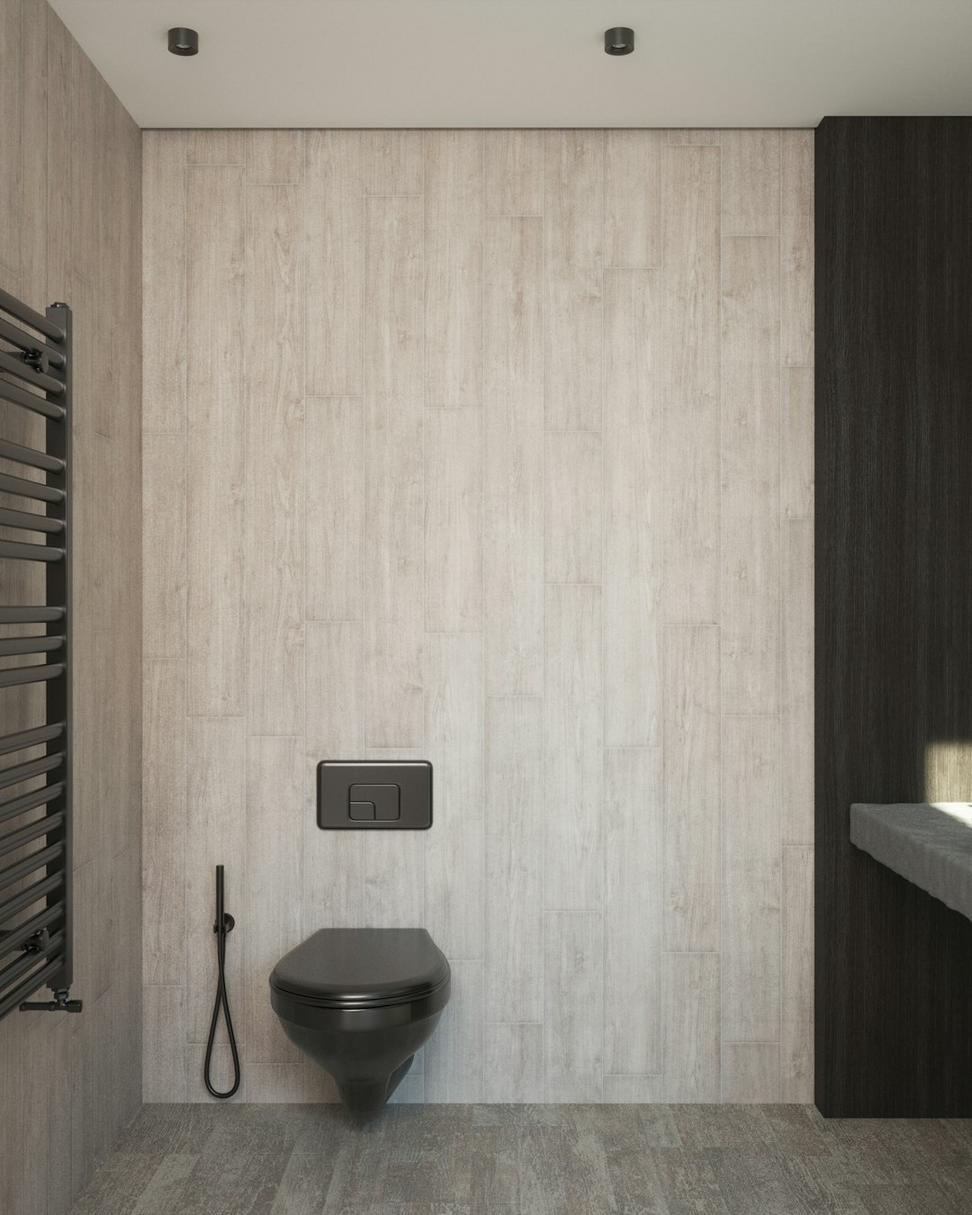
Primary bathroom with heated floors
The Outcome
The Hendersons moved in last spring, and honestly, seeing them use the space has been the best part. Their kids actually hang out in the living room instead of hiding in their rooms. They host dinners on that deck constantly. It's become exactly what they wanted - a real home, not just a house.
Plus, their energy bills are about 60% lower than their old place, which doesn't hurt either.
Junction Creative Hub: Case Study
This warehouse sat empty for almost a decade before we got the call. Built in the 1950s, it had good bones but needed serious work. The developer wanted to create flexible workspace for creative businesses - not cubicles, but actual inspiring places to work.
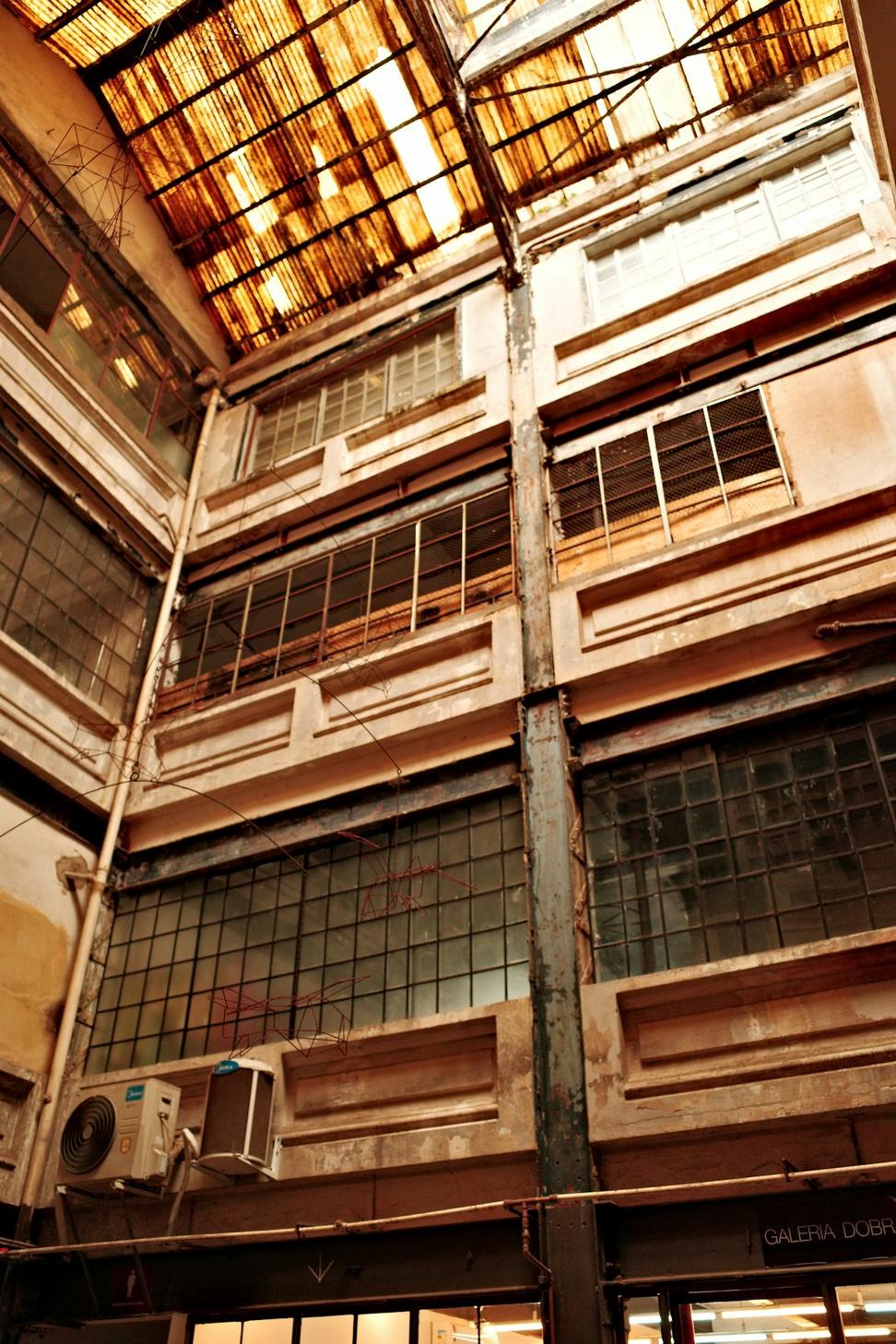
What We Were Working With
The building had exposed brick walls (some in better shape than others), these massive wooden beams across the ceiling, and huge industrial windows that hadn't been cleaned in who knows how long. The layout was just one giant room with concrete floors and not much else.
Original Conditions
- • Single open space, 12,500 sq ft
- • 18-foot ceiling height
- • Outdated electrical system
- • No HVAC system
- • Cracked concrete floors
- • Minimal natural light penetration
What We Created
- • 8 flexible studio units (800-2,000 sq ft)
- • Shared central atrium with skylights
- • Modern electrical throughout
- • Energy-efficient HVAC zones
- • Polished concrete with radiant heating
- • Additional clerestory windows
The Design Strategy
Instead of chopping everything up into boring offices, we created these modular units that can be combined or separated depending on what tenants need. The center of the building became this shared atrium - we cut into the roof to add skylights and made it a common area with seating, meeting spaces, that kind of thing.
We kept as much of the original character as we could. Those brick walls? Restored and sealed. The wooden beams? Cleaned up and left exposed. Even the old loading dock doors - we repurposed them as sliding partitions between some of the units.
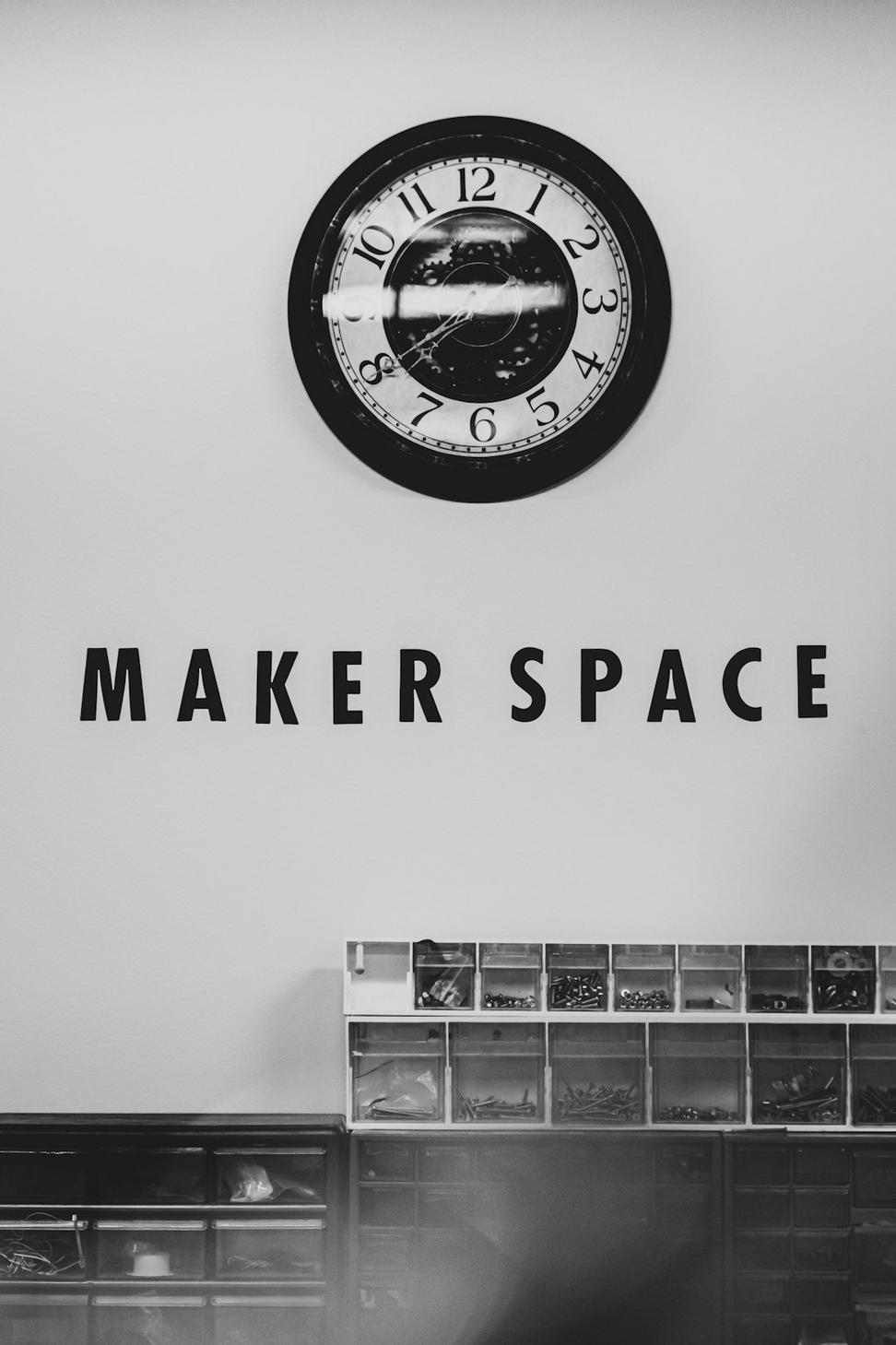
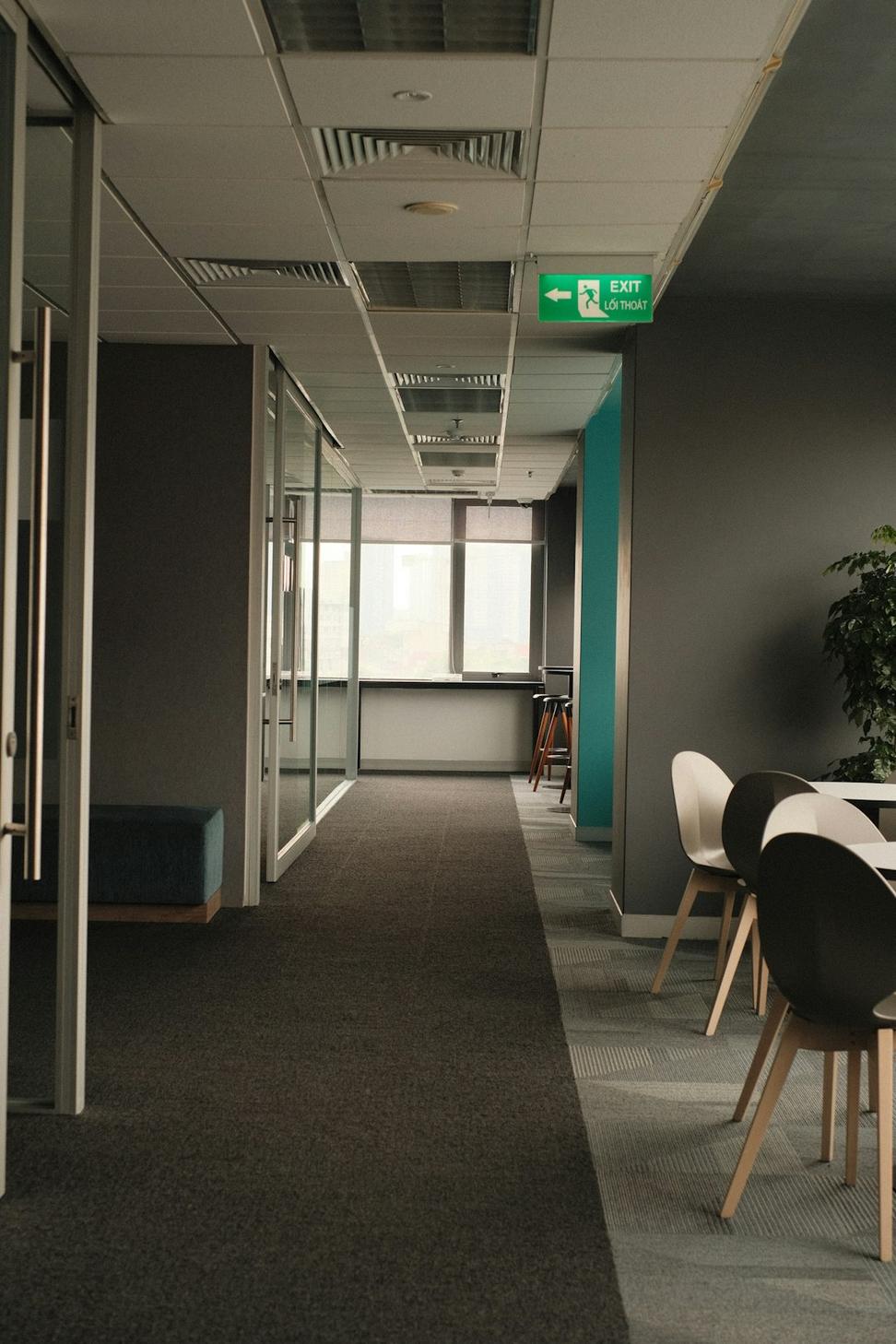
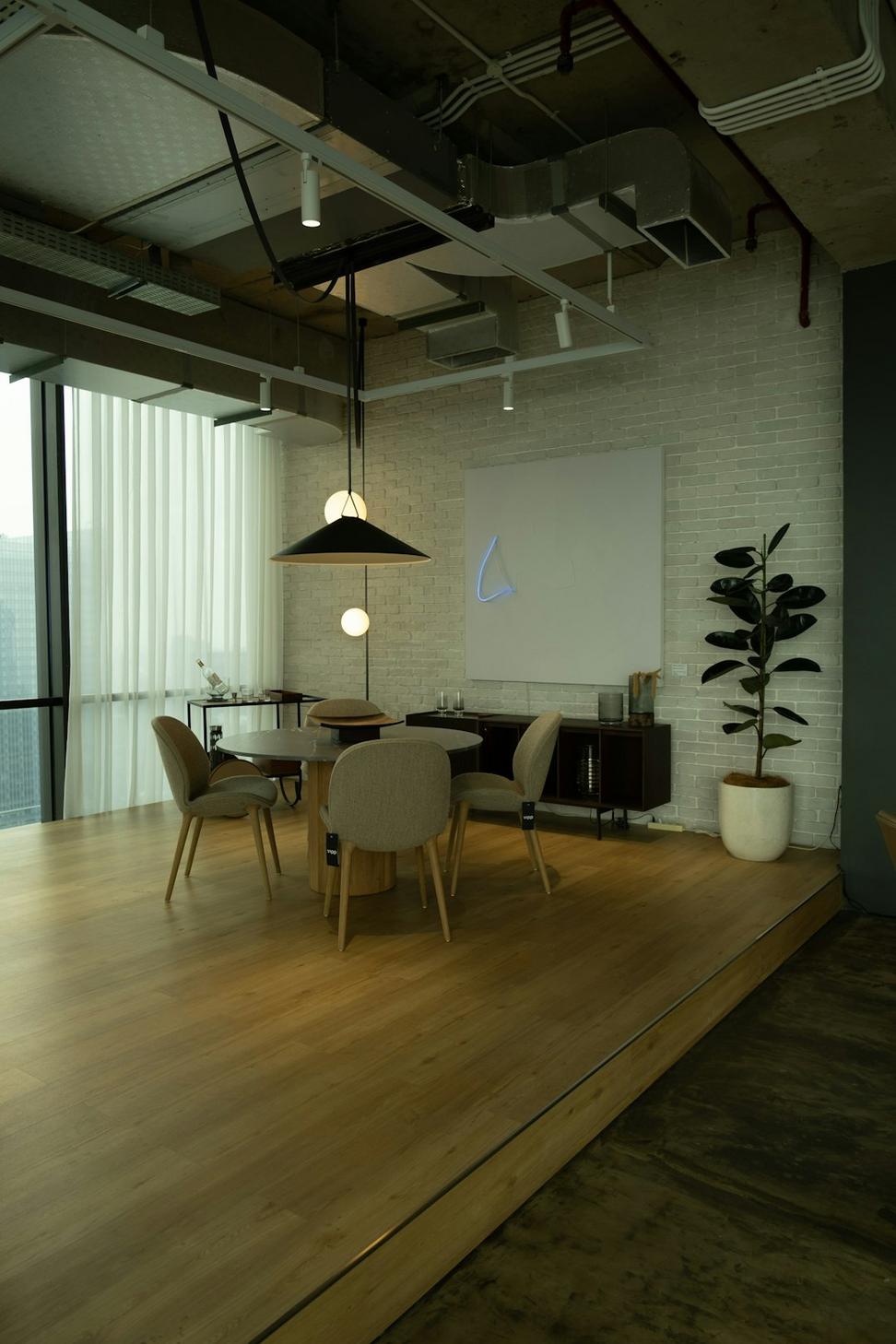
Project Highlights
Timeline: 14 months from start to finish
Budget: $3.8M (came in 3% under)
Sustainability: LEED Gold certified
Occupancy: 100% leased within 4 months
Energy Use: 45% below standard commercial
Awards: Toronto Heritage Award 2023
The building's now home to design studios, a small ad agency, a few tech startups, and even a podcast production company. Walking through there now, you'd never guess it was sitting empty just a couple years ago. That's what good adaptive reuse is supposed to do - give old buildings new life without erasing what made them special in the first place.
Queen Street Heritage Revival
Heritage restoration is tricky. You're not just fixing up an old building - you're preserving history while making it functional for today. This 1924 building on Queen Street was at risk of demolition when we stepped in. Now it's a mixed-use space that honors its past while serving the present.
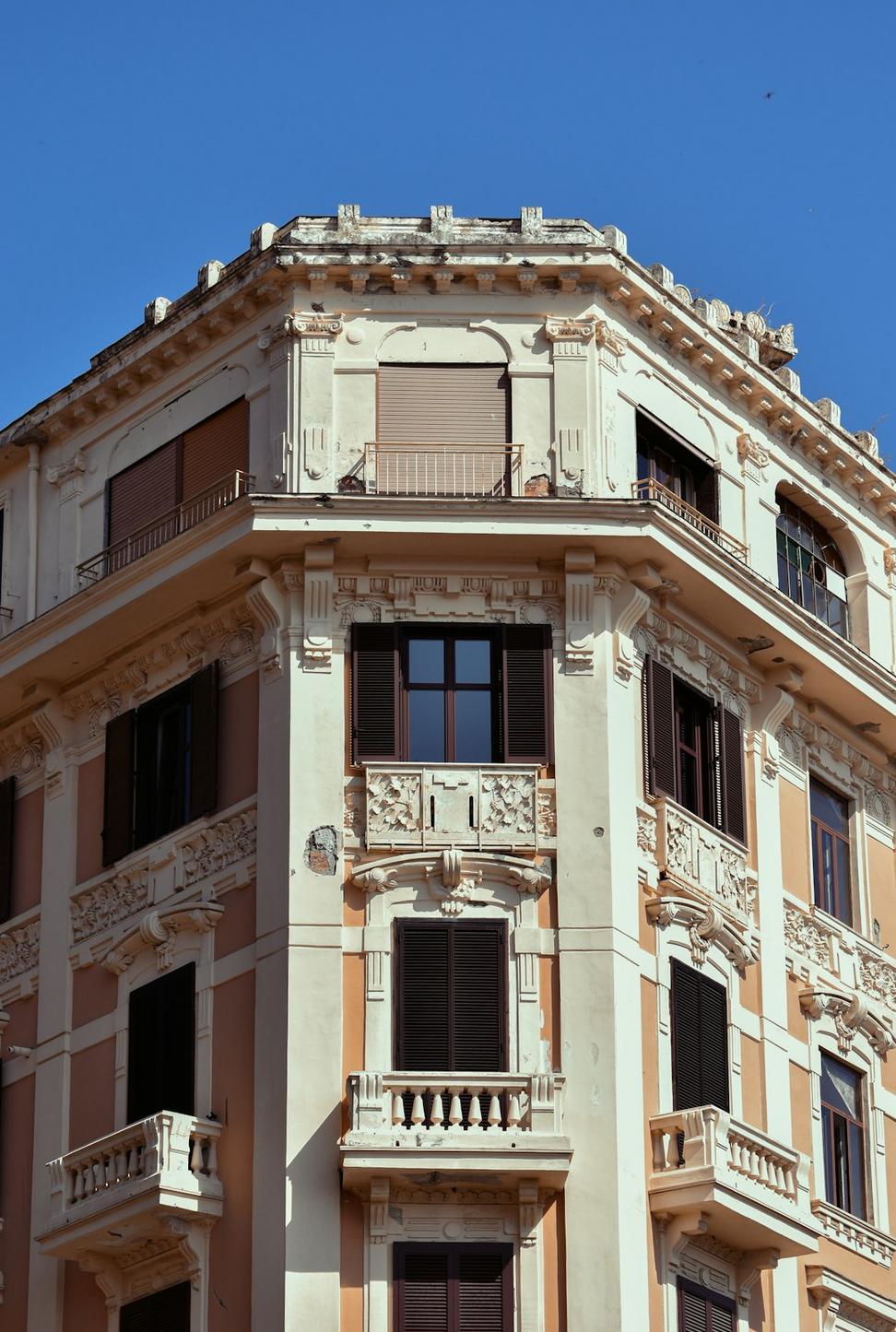
The Original Structure
Built in 1924 as a bank, later converted to retail space in the 60s. By the time we got involved, water damage and neglect had taken their toll. The terra cotta facade was crumbling, windows were either broken or painted shut, and the interior had been gutted multiple times.
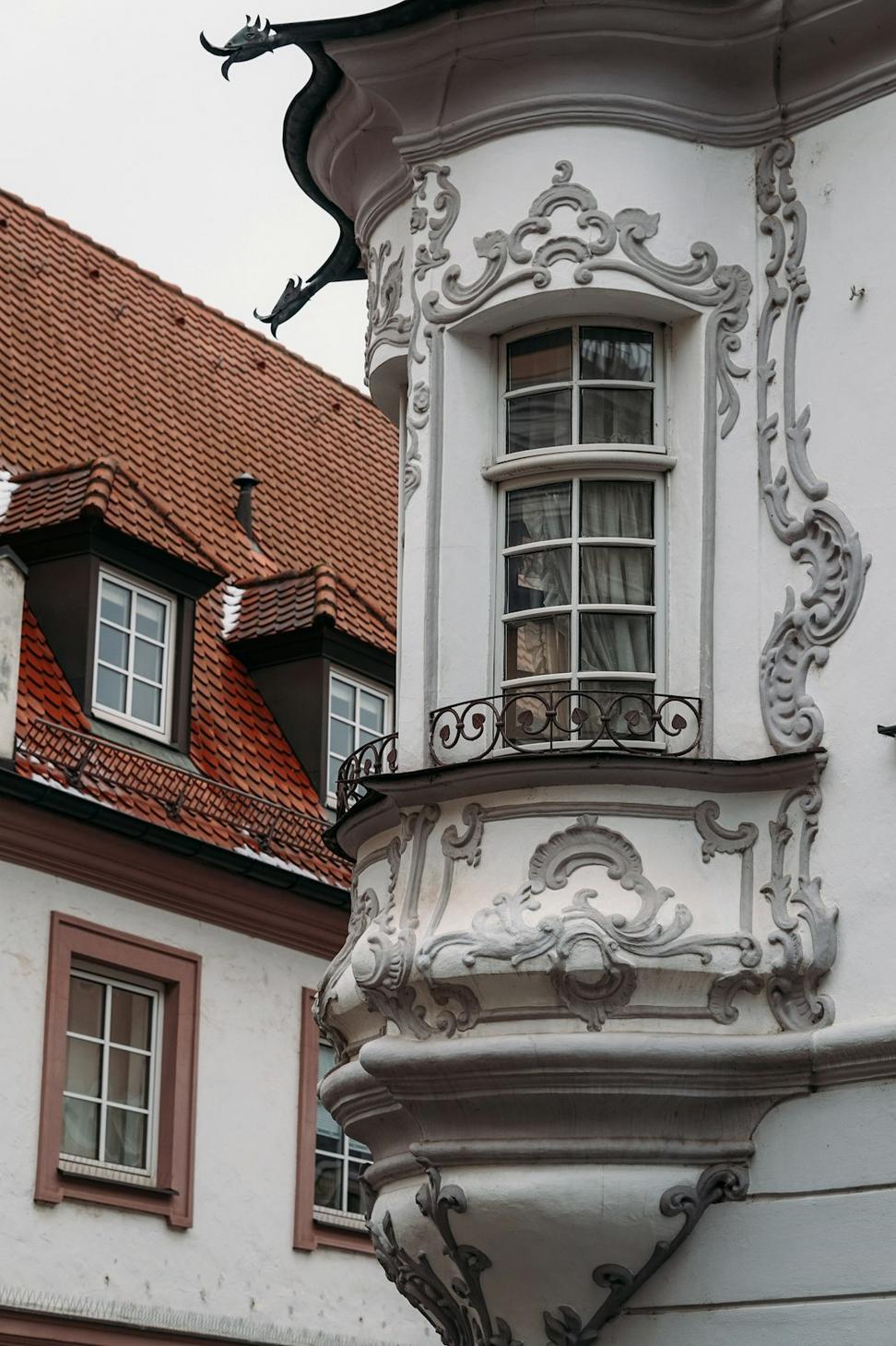
The Restored Building
We restored every piece of that facade by hand - cleaning, repairing, and replacing damaged terra cotta with custom-matched pieces. New windows were fabricated to match the originals. Inside, we created modern retail on the ground floor with residential lofts above, all while preserving original details like the vaulted ceilings and ornate moldings.
The Restoration Process
This wasn't your typical renovation. Every decision had to go through heritage committees, which meant documenting everything and following strict guidelines about what we could and couldn't change. Sometimes frustrating, sure, but it's for good reason - once these buildings are gone, they're gone forever.
18
Months of careful restoration work
847
Individual terra cotta pieces restored
100%
Of original architectural details preserved
We worked with specialists in historic masonry, custom window fabrication, and period-appropriate materials. The ground floor retail space needed to be fully accessible and meet modern building codes, but we managed to do it without compromising the historic character. The residential units upstairs got modern amenities - updated plumbing, electrical, HVAC - all hidden behind restored walls and ceilings.
